YHIHF: Video is king of B2B social media content – even LinkedIn is waking up to the video-first revolution!
A few months ago, we explored how B2B marketers can maintain relevance in our increasingly visual-first world through the use of video content. If you need a reminder than cast your eyes further down the page! We’re revisiting this hot topic today as one of social media’s top players, LinkedIn, weighs in on the ‘new language of business’ and what this means for B2B brands. Keen to see what this would mean for future marketing strategies, we decided to check out what the LinkedIn experts had to say.
Sure enough, according to LinkedIn, one of the key takeaways is that the platform is experiencing its very own video boom, with video viewership having grown by 30% year-over-year. Its research reveals video captures attention 1.5 times more effectively than static formats on its platform. What’s more, it delivers a 95% message retention rate, compared to just 10% for text-based content. So, what’s behind this seismic shift?
LinkedIn and IBA are singing off the same hymn sheet here with ‘creativity, authenticity, and AI’ being identified as the main factors driving modern storytelling! But how will this impact social media strategies in the next few years? Luckily LinkedIn has put some thought behind this and helpfully laid out five unmissable trends for B2B marketers to be aware of:
1. It’s time to get personal as viewers seek out authenticity: B2B brands are adapting their content to get more relatable – we knew this already but how will this trend affect LinkedIn? Think workplace videos, employee stories, and behind-the-scenes moments that feel genuine and human. Formats like vertical videos (9:16) show a 24% lift in click-through rates, while even simple selfie-style videos are having a major impact, boosting engagement by 11%.
2. Lights, camera, B2B action – cinematic storytelling isn’t just for B2C: B2B marketing strategies are beginning to incorporate cinematic techniques traditionally associated with consumer brands. With the growing prominence of connected TV and large-scale campaign activations, landscape (16:9) formats are yielding a 140% increase in video completion rates on LinkedIn. This means B2B brands that adopt visually engaging styles can expect to drive more audience engagement.
3. Brands get into character: Whether real or fictional, characters are becoming central to B2B storytelling on LinkedIn. From brand mascots to high-profile and respected SMEs, the development of strong, memorable characters enables brands to establish deeper emotional connections with their audiences, which is key to improving brand recall and resonance.
4. Executives and SMEs use their authentic voice to take to the stage: Authentic voices are getting the respect they deserve with executives, employees, and industry experts increasingly stepping into the spotlight to share direct insights and personal stories with audiences. In fact, CEO posts have seen a 23% increase on LinkedIn, generating four times more engagement than other content types.
5. AI as a creative co-pilot: We’ve all seen AI-generated content be used one too many times as a gimmick but LinkedIn is detecting a noticeable shift from showcasing “what AI can do” to “look how powerful this story is.” As AI continues to operate as a behind-the-scenes creative partner, B2B marketers can expect AI to facilitate richer, more effective narratives that include real-life use case and proof points.
To see how more B2B videos can reel viewers in, why not check out our tips below and become a pro in speaking the new language of business!
According to HubSpot’s 2025 Marketing Trends Report, visual storytelling is the new norm. Short-form video content leads the way in this department, with nearly one-third of marketers identifying it as the most used format and 21.02% citing it as delivering the highest ROI.
We’ve previously talked about the newfound popularity of short-form videos but we’ve never dug into why this might be the case, beyond adapting to the preferences of the new Gen Z B2B buyer. So, let’s go deeper to see why marketers would benefit from connecting with their target audience through short-form videos.
At its core, short-form videos deliver information in a bite-size format so viewers can quickly access the content and watch it multiple times if necessary. But why are they so popular?
The 60 second rule
Attention spans have been getting shorter and shorter. In the last five or six years, the average attention span on any screen is around 47 seconds. This trend is affecting how we consume content. But it’s not just impacting social media videos as television episodes and films are also getting more brief. Streaming companies such as Netflix for instance, have begun showcasing shows with short episodes that run for a maximum of 17 minutes. As consumers, we’re becoming used to shorter bursts of content and it’s bleeding into every aspect of our lives, including buying behavior.
Studies found that most consumers will only watch an entire video if it’s less than 60 seconds long. Consider already the likes of TikTok, Instagram Reels, and YouTube Shorts that push short-form videos to users in an infinite scroll format – I’m sure we’ve all been guilty of spending too much time watching these!
Delivery size matters for on-the-go consumption
Most consumers do their online scrolling and research on their mobile phones. So long videos on tiny screens isn’t exactly what grabs the attention of on-the-go end consumers. Short-form videos on the other hand are easy to watch almost anywhere and anytime. According to the latest research, 75% of viewers now watch short-form video content on their mobile devices.
Shareable content is a social media hit
Videos, particularly those posted on social media, are one of the easiest pieces of content to share quickly with others. In fact, people are 52% more likely to share video content than any other type of content.
Hitch a delivery lift
Whether it’s a helpful tip or news about a recent company or customer success, when videos are easy to pass along, they’re more likely to go viral. This is especially true when companies are able to tap into the latest trends. As we covered off in our trendjacking blog, companies that associate themselves with a positive story or growing trend are more likely to introduce themselves to new audiences, improve brand recognition, and drive new people to their company websites.
The unmissable B2B marketing edge
Bite-sized pieces of content are becoming a staple in modern marketing. Their growing popularity is a huge signal that businesses can’t afford to ignore. According to HubSpot Research, 75% of marketers plan to maintain or increase their investment in short-form video this year alone.
But why should B2B marketers follow suit?
- Meet audiences where they are means getting pushy in a crowded space
Long-form content still thrives when it aligns with a user’s specific interests or needs but what if a B2B businesses is trying to compete for attention in a crowded and new space? This is where short-form videos become indispensable, providing a fast, cost-effective way for brands to make an impression while driving engagement and conversions – and staying relevant.
Short-form videos are great at grabbing attention quickly, making them an effective tool to improve brand awareness among an audience that might not have much prior knowledge of a company and what they do.
- Social media is becoming a go-to search engine
Traditional search engine usage is shifting, particularly among younger demographics who are increasingly turning to social media for their information needs. According to a recent Adobe survey, 2 in 5 Americans use TikTok as a search engine, and nearly 1 in 10 Gen Zers are more likely to rely on TikTok than Google as a search engine.
This signals a move towards platforms that offer quick and visually-engaging content. But it’s not just about convenience as this shift reflects deeper changes in digital consumption patterns that B2B marketers can use to their advantage. Optimized content for video formats for instance, are more likely to help businesses stay relevant and increase their exposure to a new pool of potential prospects.
- The chop & change payoff – build the big picture from bite-sized compelling content
Short-form video requires no long-term investment. There’s no need to track a storyline or remember where you left off. Instead, audiences can click, watch, and move on at will. This is why B2B marketers can use short-form videos to break up larger ideas with lots of points into smaller stand-alone pieces of digestible content. This can be beneficial for B2B businesses trying to breakdown more complex topics or introduce new ideas to their target audience.
Equally, marketers can repurpose content on various platforms to maximize exposure and get extra mileage out of their content. We’re in the process of implementing this with our aerospace and defense client to help increase the exposure of a new subject matter expert’s intro video, where he explains his military background and key predictions for the industry. Our team plans to chop and change this asset to use for a series of blogs, articles, and subsequent social posts. What better way to build the profile of a new company executive!
- Now to avoid audience disconnect – lean in to the power of authenticity
AI-generated content has changed how we search and create content. The main concern is that while AI enables a broader range of creative possibilities, many consumers feel less certain about what they’re looking at. The key to avoiding an audience disconnect lies in reinforcing the human element in your messaging and leaning into the power of authenticity. For instance, short videos that feature real people will likely perform well, especially as human relationships still matter in the buying process. Remember, people buy from people!
Capturing attention in the digital age just got a whole load easier thanks to short-form videos. When every second counts, short-form video content provides the perfect opportunity to engage new audiences and provide them with digestible information that can be the make or break of a key buyer decision!
Hannah Watson is PR Lead – Analytics at IBA International.


